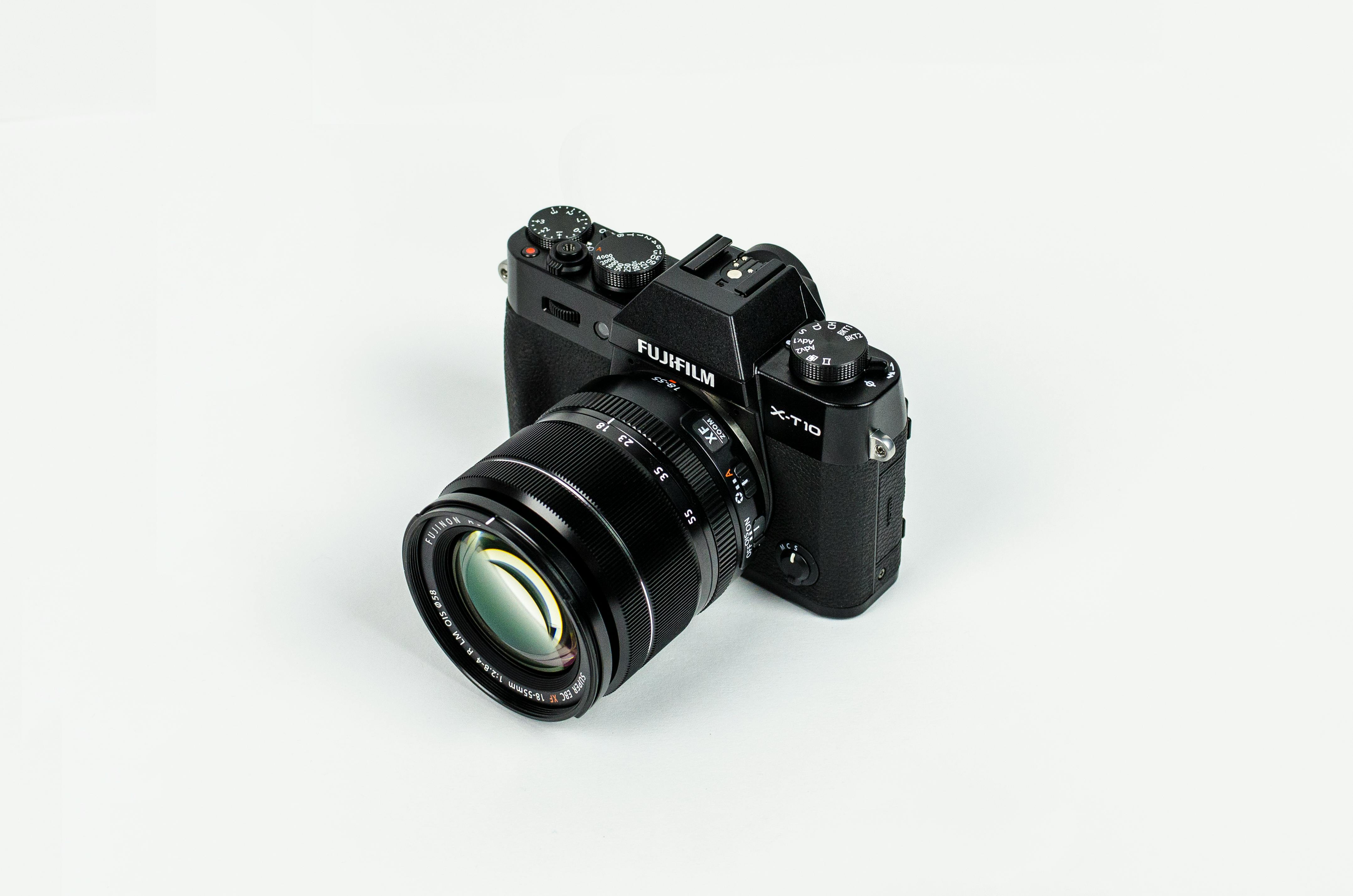
V-Sync – Something you don’t know
The story starts when you open FIFA 2010 and play the game, you see the term “FPS 80” at the top of the screen, then the number keeps jumping and you don’t know what it means. That poses a problem that all gamers should know about their VGA, V-sync issue.
For short, V-sync stands for vertical sync or vertical sync, which is mainly required due to the physical limitations of the CRT monitor when the timing of frame changes occurs with the vertical blanking interval.
Each screen has its own refresh rate which is calculated in Hertz. It is the number of times the screen changes in one second. If your refresh rate is 60Hz, you know that in one second, your screen changes 60 times to produce the image (what you see on the screen, whatever the static or dynamic image is)
It’s when you play that poses the problem. For example, your screen refresh rate is set to 60Hz, but the number displayed on the game screen is 80, the difference is 20 FPS (frames per second). That is what we call “asynchrony”. At that time, we can see the effect of aliasing or shadow in the game. It occurs when the FPS of the game is too high and the screen cannot be updated in time.
That leads to the birth of Double-buffering. Basically, it has two layers of cushioning. When the screen is refreshed, the first layer – frame buffer has the function of displaying images on screen, the second named buffer will load the images in advance and then copy the images to the first one.
However, the copy process still wastes a lot of time. If the screen is updated immediately in the process, there are still low-quality aliased images.
V-sync does its own thing to sync games FPS so that your max is equal to your screen refresh rate. In the above situation, the FPS never exceeds 60, which is when you play games with smooth and nice visuals. V-sync prevents the back buffer from copying the frame buffer until the screen is updated, preventing delays or stuck in the constant copy process.
On the contrary, when the refresh rate is 75Hz but the game is set to 50 FPS, your VGA can only provide 2/3 frames of the following image.
Specifically, in the first update stage, the initial image (A) is copied to the frame buffer, 2/3 of the second image (B) is brought to the post buffer. In the second update stage, the frame buffer still renders the previous image (A) as 1/3 of the rest (B) is loaded into the later buffer to match the last 2/3 of B (loaded earlier) to create a perfect B picture. Image B then has to wait until the end of this second update for the copy to the frame buffer… The third update follows the same process and after the fourth, two images are displayed. This is why we can see the game running at 37.5 FPS when the refresh rate is 75 Hz.
So V-sync only works in games where the FPS is higher than the actual refresh rate to avoid blind shadow or alias mode…
Also, Triple-Buffering is a newly born technique to solve the drawback of V-sync and Double-buffering. Regulates the creation of a new post buffer so that the last 1/3 of the image is loaded into the frame buffer immediately after. However, many games do not support this feature and it will reduce performance and consume much more memory to operate.
From the above comments, gamers should pay more attention to performance options and video settings when playing games because the conflict between hardware (VGA) and gaming requirements may cause your computer to crash. It is really essential to understand and carry out optimization of video settings as well as updating of computer settings.